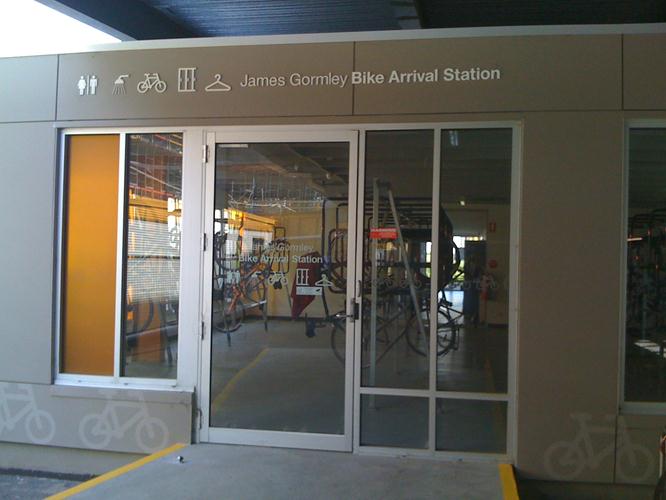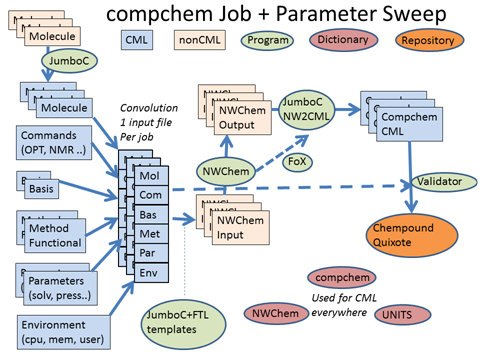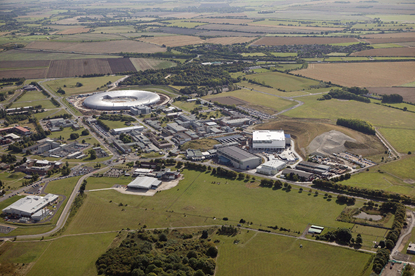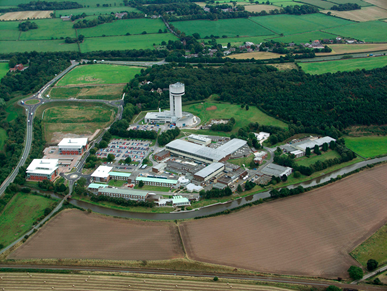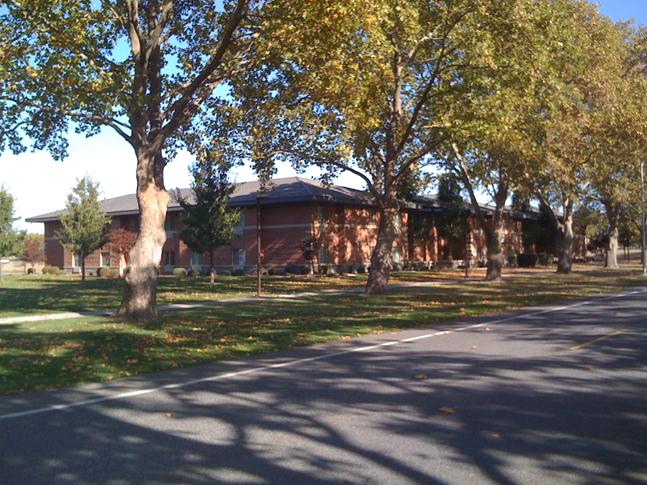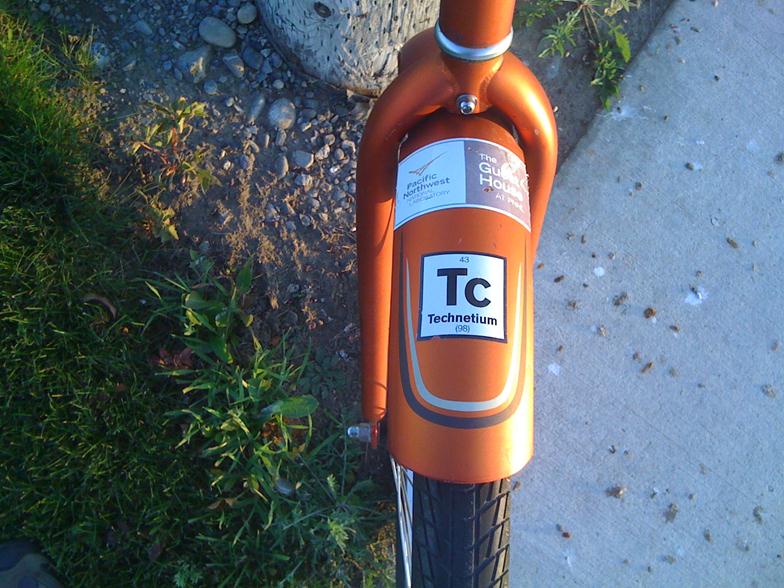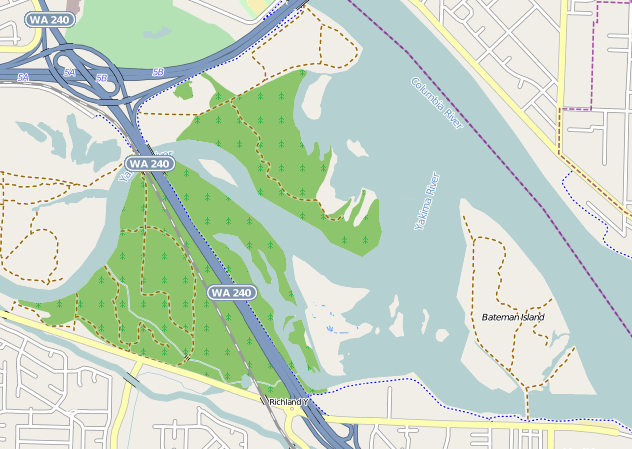#oaweek
For me the primary concern in scholarly publishing is who do I – and maybe you – trust? This blog will give some personal thoughts and probably upset some, but it shows my thoughts.
If I am getting windows renewed for the house I need to know which builders I can trust. That’s as important as cost. Who has my interests at heart when I pay them for materials and labour? It’s not a silly idea – and in a small city like Cambridge there are many ways to address it – friends and neighbours who have had work done – reports (good and bad) on the Cambridge blogosphere – visiting showrooms and premises, etc.
And almost always talking to the people involved.
And generally it works. When large commercial companies are involved the personal trust is lacking but it’s still possible to read consumer magazines or the grumblepages of the newspapers. Generally you know what is available with some idea of who the cowboys are (a UK term which is not flattering!). And local tradespeople often have the interest of the community as well – they live there!
But in scholarly publishing it’s different. Who can you trust to look after your interests? Either as author, or reader, or institution, or the wider society?
Answer: There are almost no scholarly publishers you can trust. Certainly not when measured by the volume of publications.
The only publishers I trust are those where I know the people involved, talk with them, and we know each other’s desires and limitations. Here are some I do trust:
-
The International Union of Crystallography. They have a society-based ethic, are innovative, have been part of my life for 45 years. I know the editors and the IUCr boards and committees. They are my ideal, followed by:
-
The European Geosciences Union (publishing through Copernicus). They are aggressively Open Access because they are part of the community and have the community interests at heart.
-
Public Library of Science PLoS. Because it was set up by passionate scientists, who wanted to change the world of scholarly publishing. My trust remains as long as the scientists such as Jonathan Eisen are in control.
-
ASBMB – a society publishing biology and molecular biology. I know the editor Ralph Bradshaw well and we have talked long about the aspirations of the journal for Open Data – the need to back the science with data. He insisted on that for Molecular and Cellular Proteomics (MCP) and the rest of the publishing community sneered. Now they have adopted the principles pushed forward by Ralph. MCP isn’t OA, but I trust it. As long as Ralph is in charge.
I trust these because I trust the people. Other people I currently trust are the immediate editors in Biomed Central who have done a great job in promoting Open Access and Open Data.
But BMC are owned by Springer and I totally distrust Springer as an organization to look after my interest, my university’s interests, and my readers’ interests. I may be slightly romantic but I come from a background where companies were ethical and wished to provide a fair product or service for those whose money they paid. It used to be called pride.
But read Richard Poynder’s interview with Springer’s boss http://poynder.blogspot.com/2011/01/interview-with-springers-derk-haank.html . Haank speaking:
“The Big Deal is the best invention since sliced bread. I agree that there was once a serial pricing problem; I have never denied there was a problem. But it was the Big Deal that solved it.
“The truth is that it is in the interests of everyone—publishers and librarians—to keep the Big Deal going.”
I find no mention of “reader” (the enduser of a publisher is the purchasing officer of the university – often the Library)
I find no mention of “author” (other than “author charges”, “author archiving”)
I find no mention of “the scientific community”
The whole article is cold-hearted. About how Springer has designed a product not on its value to the community which is paying for it, but as something artificial that can be manufactured as cheaply as possible and sold at the highest price. It doesn’t matter to Haank whether it helps science – it’s just a commodity. And absolutely no indication of innovation based on what the community wants – oh, no – it’s innovations that Springer thinks it can sell. Like the 35 USD per day rental of papers.
So, sadly, I do not trust BMC long term and it saddens me to say so.
The other commercial publishers (almost all closed access) are all the same. I don’t trust any.
And what about Societies? I used to help run the Molecular Graphics Society as treasurer. We didn’t use publications to subside the society – we used the society to subsidize subscription costs for members. (Shut up, PMR, you are a stupid romantic – we are in the C21 and sentimentality is a thing of the past).
Most of the societies have lost their soul and sold out in one way or another. The American Chemical Society’s anticontributions are well-known. The Royal Society of Chemistry stated that “Open Access is ethically flawed”. OK, 5 years ago – but how can a society say that at all? Many learned societies , especially large ones, are run for the benefit of their senior officers and the bottom line.
Which is a tragedy, because it is the learned societies and international unions who should be the guardians of scholarship. Not profit-oriented business people, whether commercial or not. I’d love to recover their role – I wish I knew how.
And until that happens we are left with a very few organisations we can trust. A few charities (e.g. Wellcome Trust) and a few (not all) funding bodies.
Oh, and if you think that all commercial OA publishers can be trusted, read Richard Poynder on InTech (http://poynder.blogspot.com/2011/10/oa-interviews-intechs-nicola-rylett.html ). Oh for the lost learned societies. Quis custodiet? No one except you and me… We’ll have to do it through the blogosphere.
Because, yes, I can trust the bits of the blogosphere I have learned to trust.
Yes, today seems to be a gloomy start.
 and his avatar
and his avatar 

